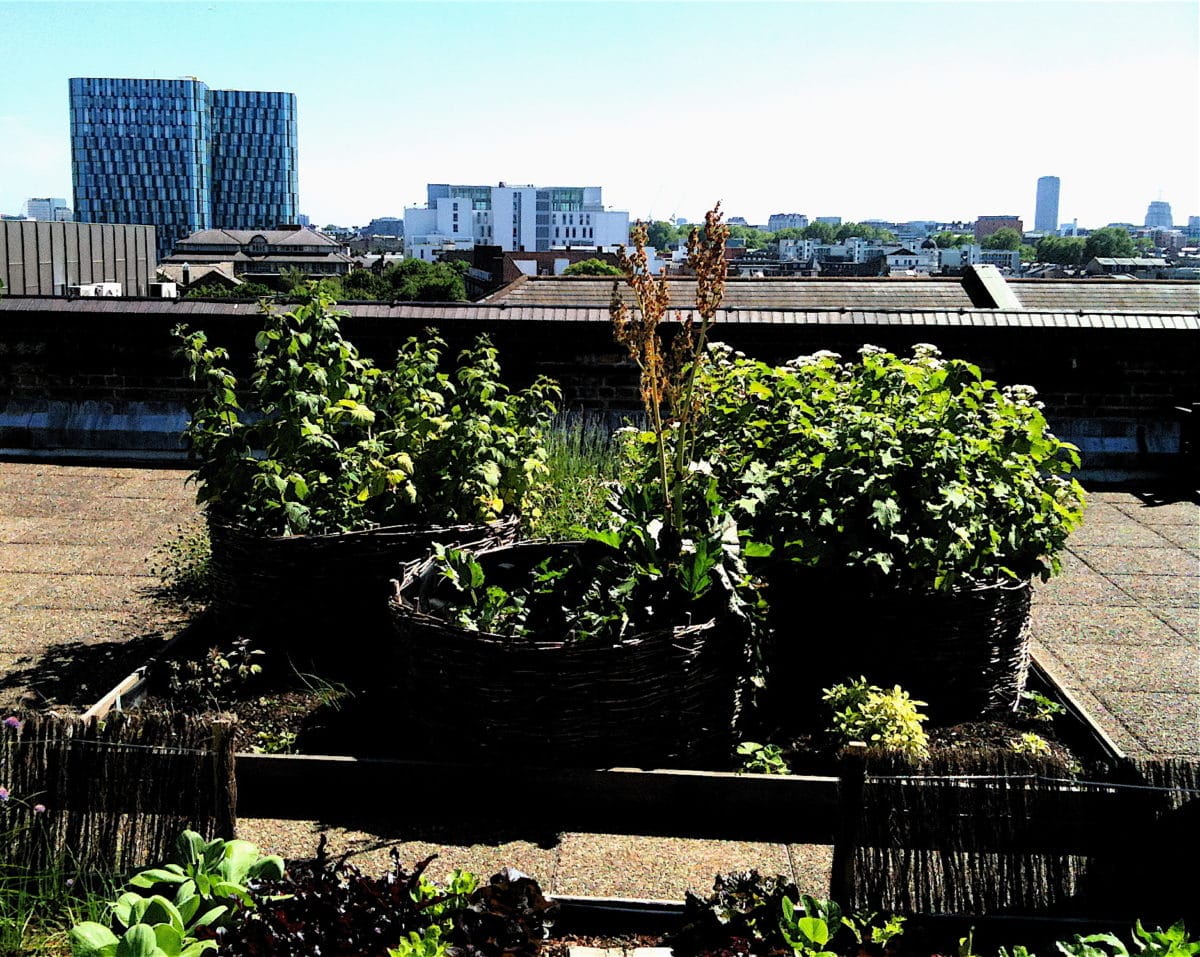Scientists at the Imperial College of London and the University of Aberdeen have proposed a new way to optimize urban rooftop usage, while also providing a choice between rooftop agriculture and rooftop PV power generation.
The advantage of rooftop PV would be to reduce reliance on power from the grid. Rooftop agriculture, meanwhile, could offer additional economic benefits, such as mitigating carbon emissions and lowering the need to heat and cool buildings.
The scientists proposed a method that integrates biogeochemical simulations and multi-objective energy system optimization. The aim is to evaluate different rooftop utilization options.
“The design optimization model optimizes the rooftop option, energy network design, energy system configuration, and operation strategy,” the researchers explained, adding that a case study related to an urban neighborhood with 30 large commercial buildings in Shanghai has demonstrated the proposal's applicability.
The researchers looked at three different agricultural options for tomato cultivation, including rooftop farming (OPT2), unconditioned greenhouses (OPT3), and conditioned greenhouses (OPT4). They also considered the alternative possibility of deploying a PV system (OPT1).
“For all three agriculture options, we consider the life cycle cost including installation, various processes of planting, as well as the tomato yields income,” the academics said. “For PV option, we consider the life cycle cost, and the profit comes from generating onsite electricity.”
They also used a DeNitrification-DeComposition (DNDC) simulation to assess the viability of the three agricultural options. Their analysis showed that the deployment of a solar array is the preferable solution for most zones.
“The underlying reasons are that OPT1-PV panel tends to bring more economic benefit to the whole system compared with the other rooftop agriculture options,” the researchers said.
However, they also noted that OTP4 – which consists of a rooftop greenhouse with controlled CO2 concentration, temperature, lighting, and humidity – offers an economically competitive and environmentally sustainable choice.
“We find that enabling rooftop agriculture systems offers more flexibility for energy system design when economic and greenhouse gas emissions objectives are considered,” they said.
The UK team said the possibility of combining rooftop farming and PV generation could provide multiple benefits. But they also noted the need for a “whole systems approach” in planning rooftop space.
“Research on rooftop system design integrated with urban food-energy-land nexus remains largely unexplored,” they concluded.
They presented their findings in “Sustainable Design of Urban Rooftop Food-Energy-Land Nexus,” which was recently published in ¡Science.
This content is protected by copyright and may not be reused. If you want to cooperate with us and would like to reuse some of our content, please contact: editors@pv-magazine.com.




Very good information & technlogy